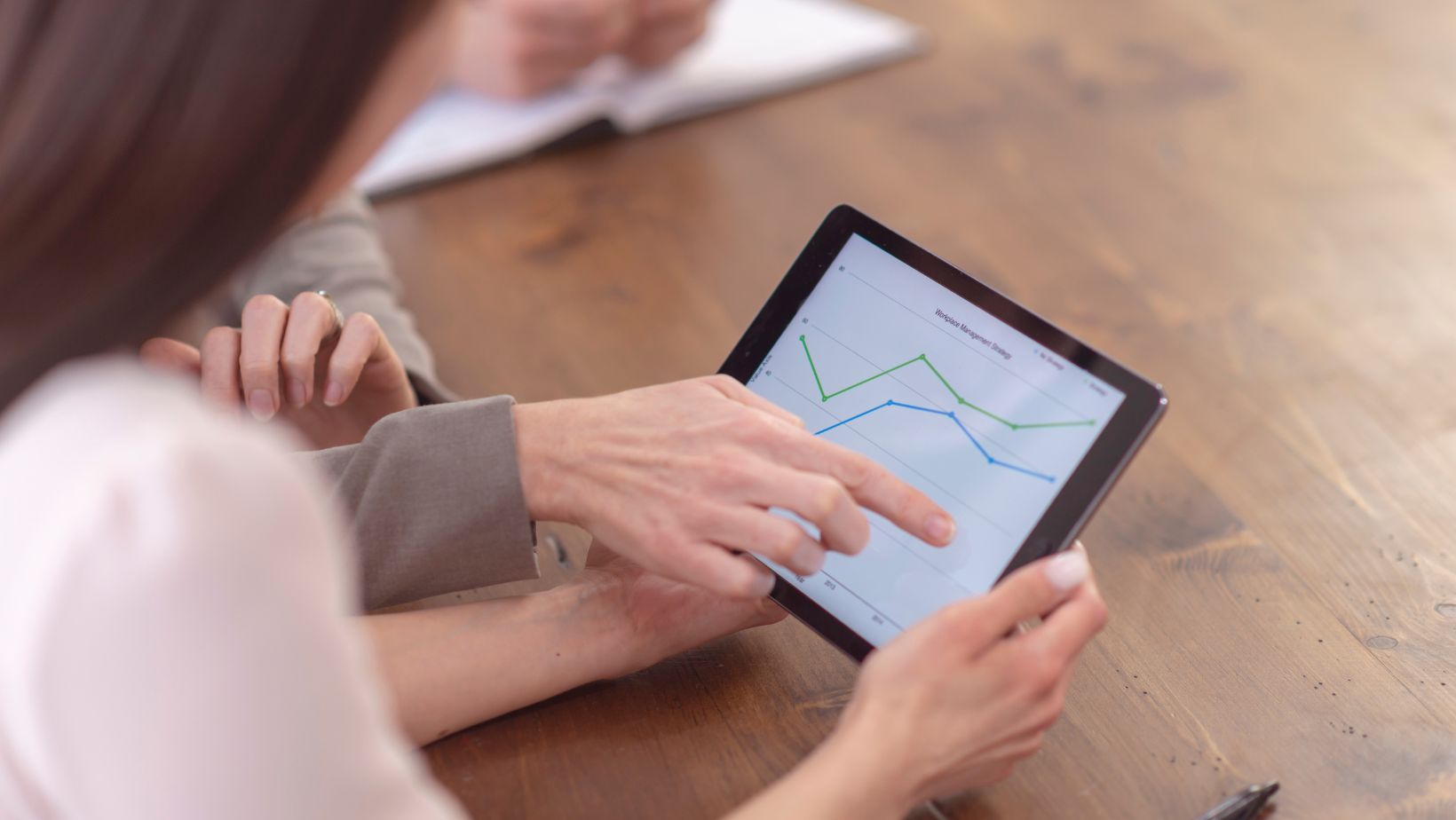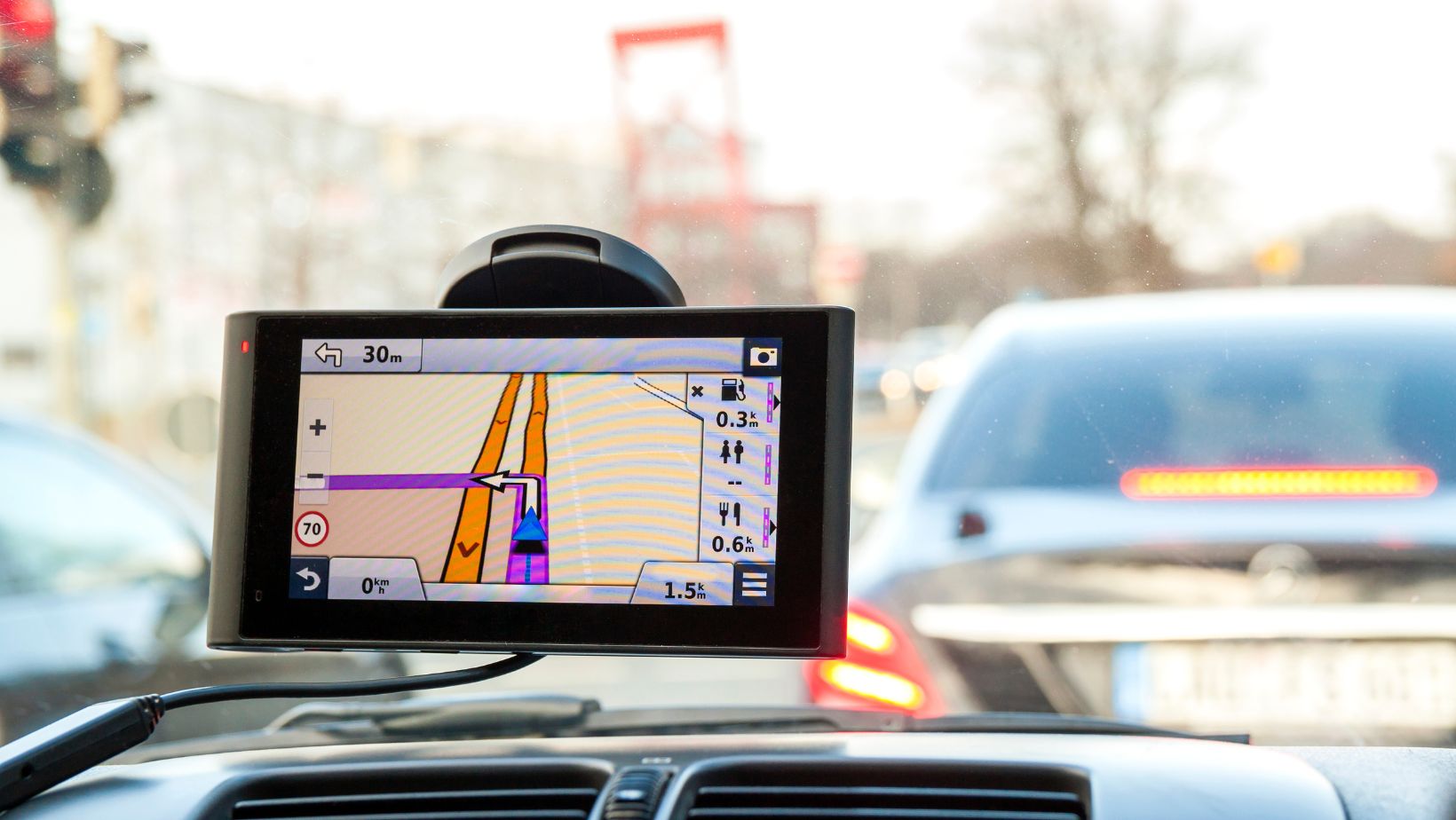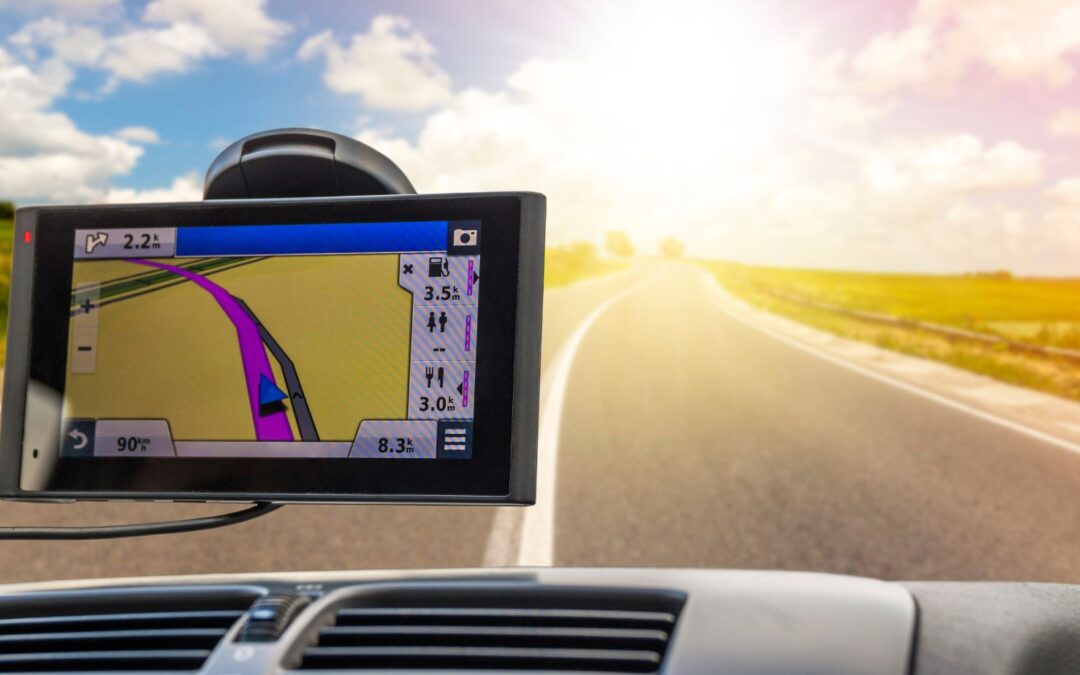Choosing the right location tracking app can greatly improve how someone navigates daily life and manages tasks. With various applications available, the top features to consider include real-time updates, user-friendly design, and strong privacy controls. Many apps offer free location tracking, allowing users to keep track of where they are or others without spending extra money.
Another important feature is the ability to share one’s location with family and friends. This is especially helpful for safety and coordinating meet-ups, giving users a sense of connection. Apps that allow for customizable sharing options and have a clear display often stand out. For instance, this type of function can be seen in real-time social mapping apps.
Lastly, navigation support is a key aspect of these apps. Features like turn-by-turn guidance, route planning, and finding points of interest make them indispensable for anyone on the move. Whether one is heading to a new city or just finding the quickest way home, these tools help make the journey smooth and efficient.
Core Functionality and Accuracy
Location tracking apps are valuable tools for various purposes, from personal safety to fleet management. Key features include accurate real-time tracking, detailed location history, and dynamic geofencing capabilities to meet different tracking needs.
Real-Time Tracking and Alerts
Real-time tracking is a standout feature that provides instant information about a device’s current location. This is achieved through GPS tracking, which pinpoints movements with high precision.
Users benefit from receiving real-time alerts that notify them of significant changes, such as exiting a defined area or speeding.
These alerts are important for staying informed about the whereabouts of loved ones or assets. Reliable real-time alerts also improve decision-making by quickly signaling unexpected movements.
Location History and Reporting
Having access to detailed location history allows users to review past movements. This function is invaluable for analyzing travel patterns or verifying routes taken. Apps often provide reporting and analytics features that break down this data into easy-to-understand formats.

Through location history, users can identify trends, optimize routes, and make informed decisions based on travel data. Functionality like this is important for businesses that manage large fleets or for individuals who need historical data for personal safety or accountability purposes.
Geofencing and Virtual Boundaries
Geofencing provides an option to set up virtual boundaries around specific areas. By establishing these boundaries, users can receive instant notifications if a device enters or exits a designated zone. Both parents widely use this feature for monitoring child safety and businesses for managing logistics.
The customization options enable users to define zones of various sizes and shapes, meeting unique needs. Geofencing improves security and workflow efficiency by automating boundary-based alerts and actions. This is particularly useful in sectors like delivery services, where maintaining precise control over travel zones is necessary.
Usability and Integration
When choosing a location tracking app, it’s important to consider how easy and smooth it is to use. The app also should work well with other services and provide timely notifications. This provides a seamless experience for managing location tracking.
User Interface and Experience
A location tracking app needs an easy-to-use interface for users of all ages. Navigation should be straightforward to encourage frequent use. Features like clear icons, legible fonts, and simple menus help users easily find what they need.
Apps like Google Maps are known for their user-friendly interface, providing a seamless experience. Family locator apps, such as Life360, offer intuitive screens for tracking family members. The ease of use is important for people who need quick access to important information.
Compatibility and Integration with Services
Compatibility with different devices and services is key for any location tracking app. It should work on both Android and iOS, supporting apps like Find My iPhone and Google Maps. This lets users take full advantage of their phone’s features for accurate tracking.

Integration with services like Apple Maps or Waze allows users to get real-time directions and traffic updates. Also, connection with operational tools helps in resource allocation and improves operational efficiency. The app’s ability to sync with calendars and contacts also adds to its utility.
Notifications and Communication
Notifications should be timely and informative, giving users updates on location changes or departures and arrivals. Alerts are important for keeping families in touch, especially when using apps like iSharing or Life360.
An app with direct instant messaging, such as those found in family locators, helps users communicate quickly. This is especially useful in emergencies. Custom notification settings allow users to tweak alerts based on priorities, making the app more flexible for different needs.
Conclusion
Choosing the right location tracking app involves considering multiple features. Key aspects such as real-time tracking, user-friendly interface, and privacy settings are important. Additionally, understanding the app’s compatibility with different devices adds value.
For those concerned about safety, apps offering emergency alerts are beneficial. Meanwhile, easy sharing options improve communication with others. Keeping these features in mind aids in selecting an app that fits personal and practical needs effectively.
Jessica has a flair for writing engaging blogs and articles. She enjoys reading and learning new things which enables her to write different topics and fields with ease. She also strives to break down complex concepts and make them easy for anybody to comprehend.





